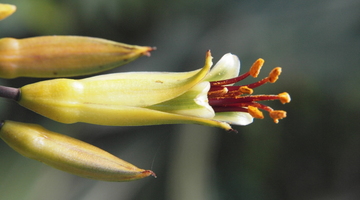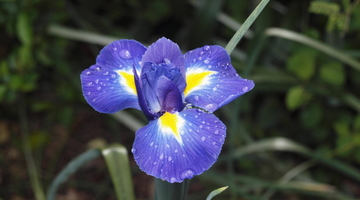Dr Mark Goodwin of Plant & Food Research explains how flowering plants use self-pollination or cross-pollination in their reproduction. He uses kiwifruit and avocado as examples to show how some plants avoid self-pollination. The functions of pollen and nectar are also explained.
Transcript
DR MARK GOODWIN
Pollination for a plant is all about reproduction. It’s how the plant gets to share its genes and gets to pass it on to the next generation.
Plants use two strategies for pollination. One of them is self-pollination, and the other one is cross-pollination. Most plants want to pass their genes out to others, and the reason for that is so there’s a big variation in the population, so if anything bad happens, there’s always some can survive. So cross-pollination is very important, and most plants choose that strategy. There are a few plants that work on self-pollination, which means the flower can actually pollinate itself so that all the offspring are identical. But the problem if everything’s identical, if you get something that kills one of them, it’ll kill all of them.
Plants avoid self-pollination by a whole range of different mechanisms. One of them is kiwifruit, and what kiwifruit does is it has its male and female flowers on different plants. So a female plant can’t actually pollinate itself at all – it’s got to get pollen from somewhere else.
Another good example is avocados where they have male and female flowers on the same plant, but in the morning they’re female, in the afternoon they’re male, so they can’t get pollen from themselves.
A lot of flowers produce both pollen and nectar, and the reason they do that is the insect-pollinated flowers have to attract insects to visit the flowers to carry the pollen on somewhere else. And the nectar is just sugar basically, and they use that as a reward – a payment for the insect for coming and visiting them.
And some plants just produce pollen, and that’s also a reward, because the pollen not only contains the genetic material that’s got to be passed between plants but also it’s a really great food for the insects.
Acknowledgements:
Certain images in this video are the copyrighted property of 123RF Limited, their contributors or licensed partners and are being used with permission under licence. These images may not be copied or downloaded without permission from 123RF Limited.
Jono Lee
sridhar babu58 Creative Commons Attribution 2.0 Generic
Jurgen Creative Commons Attribution 2.0 Generic




